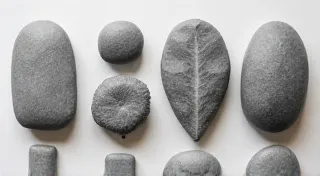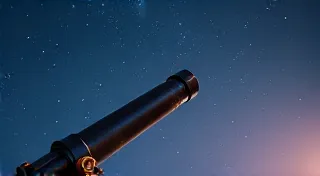The Chronometer's Cadence: Understanding Serial Numbers & Production Dates
There’s a certain poetry to holding a vintage slide rule. It’s more than just a tool; it’s a testament to a time when human ingenuity wrestled with complex calculations without the assistance of microchips. You can almost feel the echo of the engineer, the architect, the physicist, meticulously working their way to a solution, the smooth glide of the scales a familiar rhythm in their day. But these instruments hold secrets beyond their immediate utility – secrets whispered through the cryptic language of their serial numbers, a chronological ledger etched onto their very being. Deciphering these serial numbers isn't just an exercise in technical detail; it’s akin to understanding the pulse of history itself.
My own fascination began with a Pickett Model N3, a beautiful, solid piece of engineering. It wasn’t the calculations it could perform that captivated me, but the tiny, stamped serial number: 91468. I started wondering - what year was this made? Where was it manufactured? Was it a common model or a rare find? This simple question launched me on a journey into the surprisingly detailed world of slide rule identification and the nuances of manufacturer practices.
The Pioneers: Early Serial Number Practices
Early slide rule manufacturers didn't adhere to standardized serial numbering conventions. The earliest examples, from the late 19th and early 20th centuries, often lacked serial numbers altogether. Those that did exist were frequently haphazard – a simple sequence number, perhaps, or a more obscure notation unique to the manufacturer. Companies like Keuffel & Esser (K&E), one of the giants of the slide rule world, began incorporating serial numbers more consistently around the 1920s, but the system evolved over time. Early K&E serial numbers were largely sequential within a specific factory and production year, but tracking these definitively often requires consulting old factory records – a frustratingly rare occurrence.
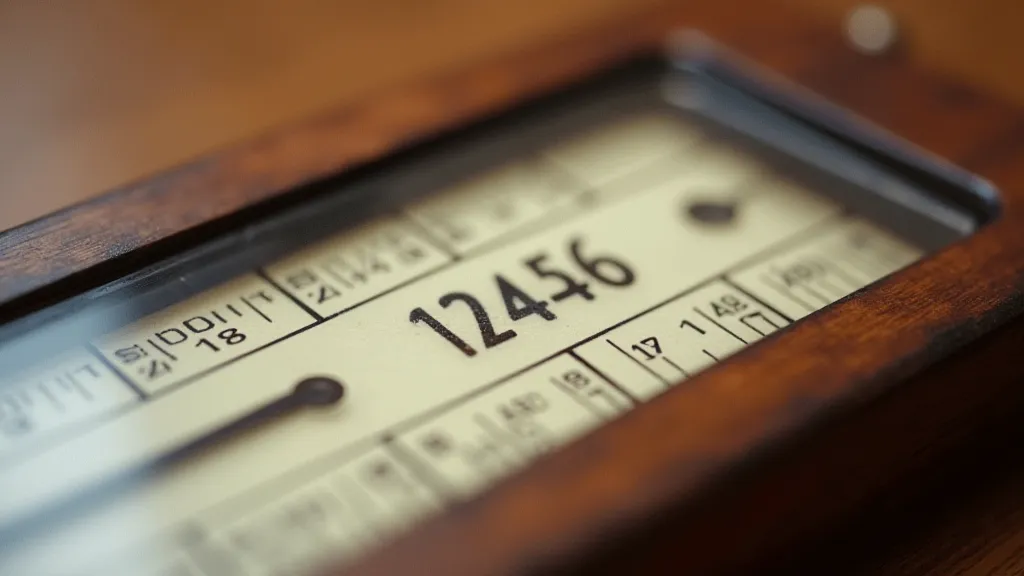
The Rise of Consistent Systems: Pickett’s Precision
While K&E's system remained somewhat opaque, other manufacturers adopted more structured approaches. Pickett, a company renowned for its high-quality, precision-built slide rules, stands out as a prime example. Their serial numbers, beginning in the late 1930s, are far more informative. A typical Pickett serial number, such as 24871, is a code containing layers of information. The first digit generally represents the year of manufacture (though there are exceptions, particularly in the earliest numbers). The subsequent digits often encode factory location, production line, and potentially even individual technician assignments. This level of detail speaks to Pickett's commitment to quality control and their methodical approach to manufacturing.
For instance, in Pickett numbers, certain prefixes consistently point to specific factory locations. Numbers beginning with "1" often indicate manufacture at the primary factory in Groton, Connecticut. Numbers starting with "2" often identify the later factory in Westbury, New York. The later digits offer even greater insight, revealing aspects of the production process that would be lost to casual observation. Examining the wear patterns on a Pickett slide rule, and correlating those to the serial number, can even provide clues about its potential usage history – was it a cherished desk ornament, or a rugged workhorse used on construction sites?
The Nuances of K&E's Approach: A More Mysterious Path
Keuffel & Esser, however, presented a more challenging puzzle. While they eventually moved towards more structured numbering, early K&E serial numbers are notoriously difficult to date precisely. They often relied on a mix of factory codes and sequential numbering, resulting in significant overlap between production years. A serial number like 68345, for example, might potentially span several years, depending on the specific model and factory involved. The best approach often involves cross-referencing the serial number with other identifying features – model markings, scale types, and construction materials – and consulting collector forums and reference materials. The thrill of the hunt is certainly part of the experience!
One interesting peculiarity of K&E serial numbers is their frequent appearance on surplus sales lists during the 1960s and 1970s. This suggests that K&E, having largely transitioned to electronic calculators, was clearing out significant quantities of older stock. These surplus sales often resulted in slide rules being scattered across the country, further complicating the process of tracing their history.
Beyond the Numbers: The Art of Construction
Dating and identifying a slide rule isn’t solely about the serial number. Examining the construction details provides crucial supplementary information. The quality of the materials – the type of wood used for the body, the accuracy and clarity of the scales, the precision of the cursor – all speak to the manufacturing standards of the era. Early slide rules often featured beautifully figured hardwoods like ebony or rosewood, reflecting the emphasis on craftsmanship. Later models, particularly those manufactured in greater quantities, might utilize less expensive materials.
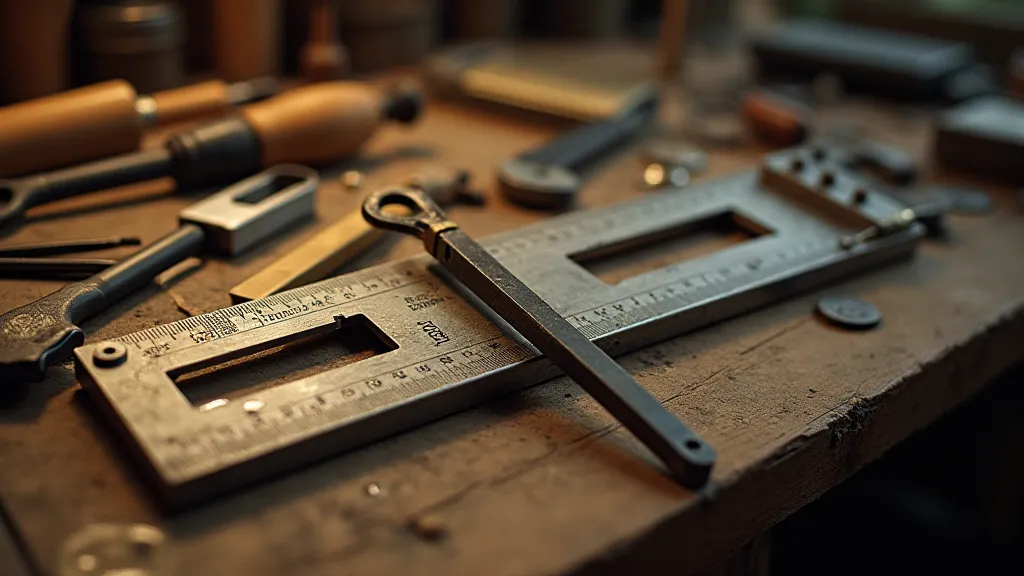
The scales themselves are works of art. Early scales were often ruled by hand, resulting in slight imperfections that add to their charm. Later scales were printed using more advanced techniques, allowing for greater accuracy and consistency. The typeface used for the scale markings can also provide clues about the production period. Even the finish on the body – whether it's a polished lacquer or a more understated oil finish – contributes to the overall impression of quality.
The Restoration Challenge: Respecting History
Restoring a vintage slide rule requires a delicate touch. The goal isn't to make it look brand new, but rather to preserve its original character and functionality. Overzealous cleaning or repainting can diminish its value and erase historical details. Replacing damaged scales or cursors should be undertaken only as a last resort, as it can be difficult to find accurate replacements. The beauty of these instruments lies in their imperfections, the marks of time that tell a story of use and perseverance. Understanding the manufacturing context, aided by serial number research, allows restorers to make informed decisions, ensuring that the slide rule's historical integrity is maintained.
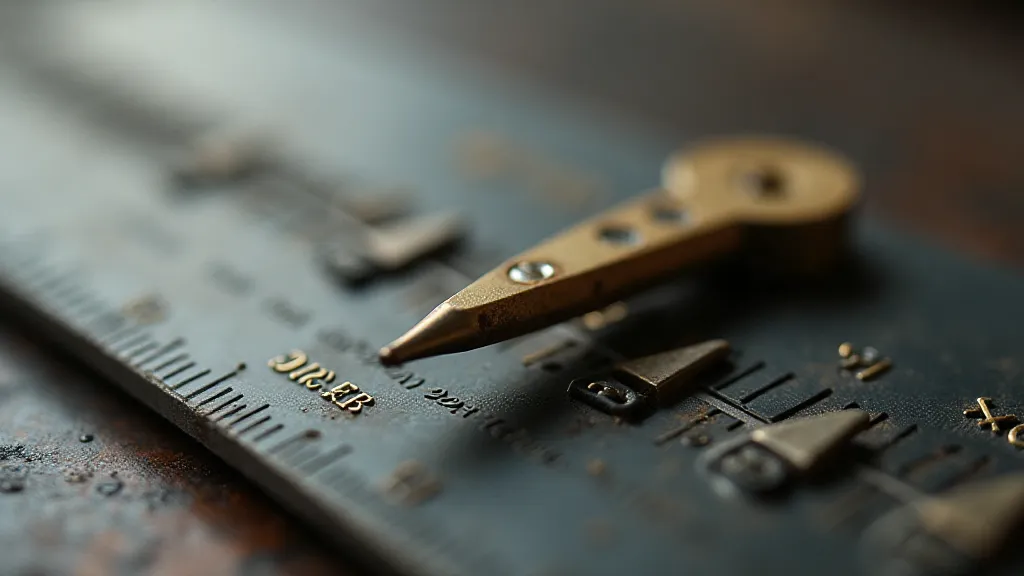
A Legacy of Ingenuity
Collecting vintage slide rules is more than just acquiring objects; it’s connecting with a legacy of human ingenuity. Each slide rule represents a time when engineers and scientists relied on their wits and these ingenious tools to solve complex problems. Understanding the serial numbers, the manufacturing processes, and the historical context breathes life into these objects, transforming them from mere instruments into tangible links to the past. So, the next time you hold a vintage slide rule, take a moment to decipher its secrets – listen to the chronometer’s cadence and appreciate the symphony of engineering and craftsmanship it represents. The numbers tell a story, and it’s a story well worth listening to.

